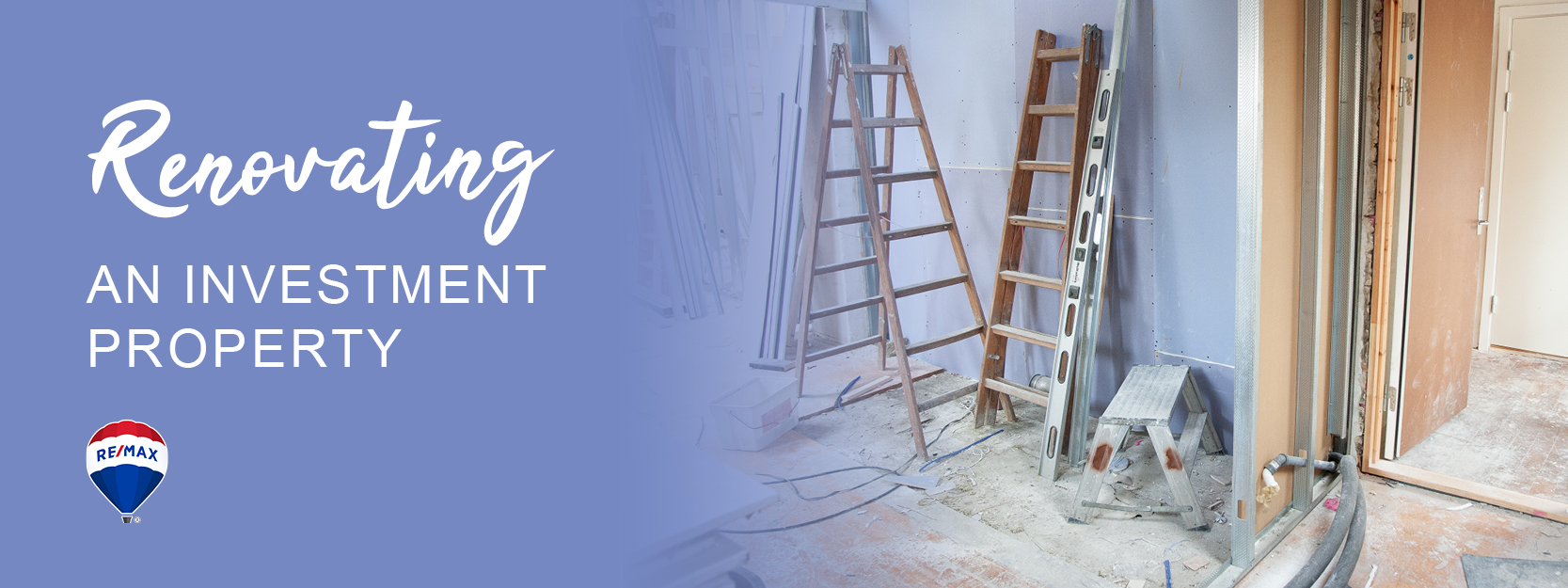Absolutely! Here’s a comprehensive 3000-word article on renovation loans for investment properties, structured with headings as requested:
Investing in real estate is a powerful way to build wealth, but simply acquiring a property is only the first step. To truly maximize your return on investment (ROI), strategic renovations can be essential. However, financing these upgrades can be a significant hurdle. This article delves into the world of renovation loans for investment properties, exploring the various options, considerations, and strategies for success.
Why Renovate an Investment Property?

Renovating an investment property can serve several crucial purposes:
Increasing Property Value: Upgrades, especially those that enhance curb appeal or modernize outdated features, can significantly boost a property’s market value.
The Challenge of Financing Renovations
While the benefits of renovations are clear, funding them can be challenging. Many investors don’t have the cash reserves to cover the costs out of pocket. This is where renovation loans come into play.

Several types of loans can be used to finance renovations, each with its own advantages and disadvantages.
Conventional Renovation Loans
These loans are offered by traditional lenders, such as banks and credit unions.
Fannie Mae HomeStyle Renovation Loan
This loan allows borrowers to finance both the purchase and renovation of a property with a single loan.
Freddie Mac CHOICERenovation Loan
Similar to the HomeStyle loan, it allows for purchase and renovation financing.
Pros and Cons of Conventional Renovation Loans

Pros: Lower interest rates compared to some other options, financing for major renovations.
FHA 203(k) Renovation Loans
These loans are insured by the Federal Housing Administration (FHA).
Standard 203(k) Loan
Suitable for major renovations requiring structural changes or exceeding $35,000.
Limited 203(k) Loan (Streamline 203(k))
For smaller renovations, typically up to $35,000.
Pros and Cons of FHA 203(k) Loans
Pros: Lower down payment requirements, more lenient credit score requirements.
Hard Money Loans
These loans are provided by private lenders and are typically short-term, high-interest loans.
Advantages of Hard Money Loans
Fast approval and funding.
Disadvantages of Hard Money Loans
High interest rates and fees.
Home Equity Loans and HELOCs
If you own another property with equity, you can use it to finance renovations.
Home Equity Loan
Provides a lump sum of cash based on the equity in your home.
Home Equity Line of Credit (HELOC)
Provides a revolving line of credit based on your home’s equity.
Pros and Cons of Home Equity Loans and HELOCs
Pros: Lower interest rates compared to unsecured loans, tax-deductible interest (in some cases).
Personal Loans and Credit Cards
These options can be used for smaller renovations, but they often come with higher interest rates.
Pros and Cons of Personal Loans and Credit Cards
Pros: Quick access to funds, no collateral required.
Choosing the right renovation loan requires careful consideration of several factors.
Loan Amount and Terms
Determine the total cost of your renovation project.
Interest Rates and Fees
Shop around for the best interest rates.
Eligibility Requirements
Understand the lender’s credit score, income, and debt-to-income ratio requirements.
Renovation Scope and Timeline
Develop a detailed scope of work and budget.
Contractor Selection
Choose licensed and insured contractors with a proven track record.
To ensure your renovations yield the highest possible ROI, consider these strategies:
Focus on High-Impact Upgrades
Prioritize renovations that add the most value, such as kitchen and bathroom remodels.
Control Costs and Stay on Budget
Create a detailed budget and track expenses carefully.
Enhance Curb Appeal
First impressions matter. Improve the property’s exterior with landscaping, painting, and new entryways.
Modernize Key Features
Update outdated fixtures, appliances, and flooring.
Increase Functionality and Space
Consider adding storage space or creating open-concept layouts.
Document Everything
Keep detailed records of all renovation expenses.
Successfully completing a renovation project requires careful planning and execution.
Planning and Budgeting
Develop a comprehensive plan outlining the scope of work, budget, and timeline.
Contractor Management
Establish clear communication channels with your contractor.
Project Management
Stay organized and track all aspects of the project.
Post-Renovation Evaluation
Assess the impact of the renovations on property value and rental income.
Renovation loans offer a valuable tool for investment property owners looking to maximize their ROI. By understanding the various loan options, carefully planning your renovations, and implementing effective strategies, you can transform your investment properties into highly profitable assets. Remember to always do your due diligence, and choose the loan and contractors that best fit your needs and budget.
